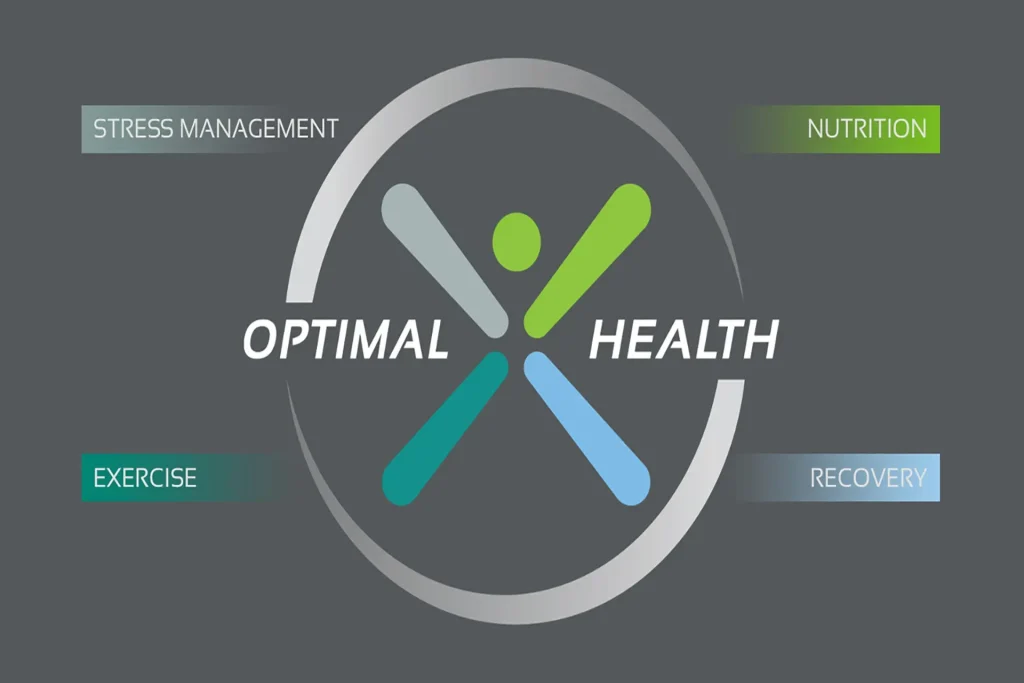Gut Health Demystified makes it clear that improving gut wellness isn’t about a miracle pill but about everyday choices that support a thriving gut ecosystem. By prioritizing real food and simple habits, you can nourish your gut over time rather than chasing quick fixes. A diverse, fiber-rich plate that includes fermented foods can support digestion and immune function while fitting into a busy life. This concise guide blends science with practical steps you can try today, from shopping strategies to mindful meal planning, and it emphasizes small, steady changes. With consistency and curiosity, you’ll develop a sustainable routine that respects your body’s rhythms and daily energy, turning knowledge into daily behavior.
From a broader angle, this topic centers on digestive wellness, the community of bacteria in the gut, and how daily foods influence that microbial ecosystem. Think of the gut as an evolving habitat where the intestinal microbiota interacts with fiber and nutrients to modulate digestion, immunity, and energy. By aligning meals with these principles, we support a balanced microbial community, reduce discomfort, and promote long-term vitality. In practice, this means a varied diet, practical preparation, and a mindful approach to fiber, prebiotics, and probiotics-rich foods. Ultimately, the goal is a resilient digestive system that adapts to stress, sleep, and daily life while supporting overall health.
Gut Health Demystified: Building a Resilient Gut Microbiome with Real Food, Probiotics, and Prebiotics
Gut Health Demystified isn’t about chasing a magic pill or a single miracle food. It emphasizes understanding how everyday choices—especially the balance of probiotics, prebiotics, and real foods—shape your gut health over time. The gut microbiome is a complex ecosystem that influences digestion, immunity, mood, and energy. Rather than looking for quick fixes, focus on a diverse, nutrient-rich plate that supports a resilient microbiome capable of adapting to daily life, stress, sleep patterns, and dietary changes.
Probiotics and prebiotics work together to nourish and feed the gut microbiome. Probiotics are live cultures found in yogurt, kefir, and traditional fermented foods like sauerkraut and kimchi, while prebiotics are the non-digestible fibers that fuel beneficial bacteria. When eaten as part of real foods and a varied diet, these elements support a balanced gut and can help with digestion and comfort. Start with small, consistent amounts of fermented foods or a thoughtfully chosen probiotic product, and observe how your body responds. Remember that real-food strategies—rather than a single supplement—often yield broader, lasting benefits for your gut health.
Practical Path to Gut Health: Fermented Foods, Prebiotic Fiber, and Real Foods for Daily Digestive Wellness
A practical approach to gut health centers on three pillars: fermented foods, prebiotic fiber, and real foods. Fermented foods can introduce probiotic strains in a natural way, while prebiotic fibers from vegetables, whole grains, and legumes feed those microbes to support a diverse gut microbiome. Real foods provide a broad spectrum of nutrients and substrates that promote smooth digestion, regularity, and a robust gut barrier. By prioritizing these elements in daily meals, you create a stable foundation for long-term digestive wellness.
To put this into action, aim for measurable, realistic steps: include one to two servings of fermented foods weekly, fill your plate with prebiotic-rich options daily (such as onions, garlic, leeks, asparagus, and oats), and target about 25–38 grams of fiber per day from a mix of vegetables, legumes, nuts, seeds, and whole grains. Hydration and sleep also support gut function. Consider a simple 7-day starter plan that gradually introduces these components—starting with yogurt or kefir at breakfast, adding sauerkraut or kimchi as a side, and weaving prebiotic foods into lunches and dinners—to help your gut microbiome adapt and thrive over time.
Frequently Asked Questions
In Gut Health Demystified, how do probiotics and prebiotics support the gut microbiome, and how can I include them in daily meals?
Probiotics are live microorganisms that support the gut microbiome when consumed as part of a balanced, real-food diet; prebiotics are the non-digestible fibers that feed those microbes. Practical steps: include fermented foods (yogurt, kefir, sauerkraut, kimchi) several times per week and pair them with prebiotic-rich foods (garlic, onions, leeks, asparagus, oats, bananas). Aim for 25–38 g of fiber daily from a variety of vegetables, whole grains, legumes, and fruit; stay hydrated and minimize ultra-processed foods to support digestion and immune function through a diverse gut microbiome.
What practical, real-food strategies does Gut Health Demystified recommend for supporting the gut microbiome?
Focus on the synbiotic trio: probiotics (live microbes), prebiotics (fuel), and real foods (substrate). Practical steps: eat a rainbow of vegetables daily to increase prebiotic fiber; include at least one fermented food per week (yogurt, kefir, sauerkraut, kimchi); choose whole grains and legumes; stay hydrated; limit added sugars. A simple 7-day starter plan can help you build the habit: add yogurt or kefir to breakfast, introduce fermented foods, add lentils or beans, and pick a fiber-rich grain; monitor tolerance and adjust. Also support gut health with sleep, stress management, and regular activity.
| Topic | Core Idea | Practical Takeaways |
|---|---|---|
| What gut health means | Healthy gut = diverse mix of nutrients and living organisms through real foods; impacts digestion, immunity, mood, energy. | Choose a variety of real, minimally processed foods consistently. |
| Probiotics | Live microorganisms that support a healthy gut when part of a balanced diet; common sources include yogurt, kefir, sauerkraut, kimchi. | Look for products with live cultures and multiple strains; start small, consult a clinician if needed. |
| Prebiotics | Non-digestible fibers that feed beneficial gut bacteria (garlic, onions, leeks, asparagus, bananas, chicory root, whole grains; resistant starch). | Gradually increase fiber; pair with probiotics for best effect; aim for a daily mix of vegetables, whole grains, and legumes. |
| Real-food foundations | Whole foods provide fiber, nutrients, and substrates for bacteria; fermented foods can add probiotic strains; limit added sugars and ultra-processed foods. | Base meals on colorful vegetables, legumes, whole grains, lean proteins; keep added sugars low. |
| Synbiotics and practical eating ideas | Probiotics + prebiotics + real foods create a resilient gut environment; often called synbiotics when combined. | Include fermented foods, daily prebiotics, 25-38 g fiber/day, hydrate, prioritize real foods, limit processed sugars. |
| Common myths | High-dose probiotics aren’t a universal cure; more fiber isn’t always better; probiotics don’t cure all digestive conditions. | Focus on a balanced diet with diverse fibers and probiotic foods; seek personalized guidance for conditions. |
Summary
Conclusion: Gut Health Demystified emphasizes a practical, evidence-informed approach that centers on real foods, diverse probiotics, and ample prebiotic fiber to support long-term digestive wellness. By embracing a daily habit of nutrient-dense real foods, variety in probiotic sources, and steady prebiotic intake, readers can nourish their gut microbiome and improve overall well-being over time. Small, consistent changes beat quick fixes, and a balanced diet forms the foundation of a resilient gut ecosystem.



